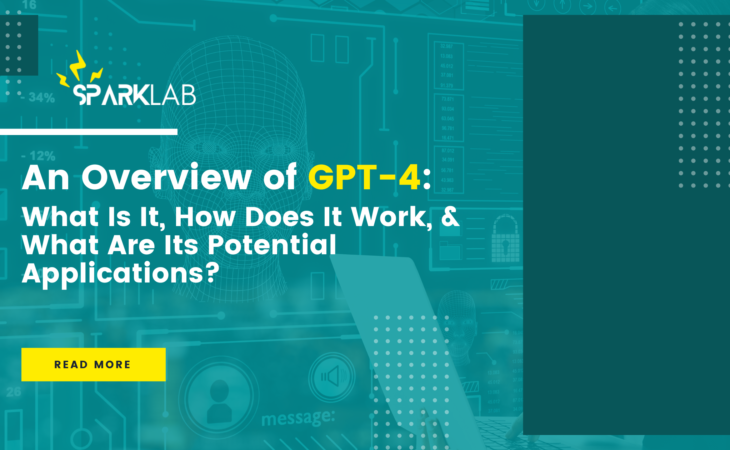
In the rapidly evolving field of artificial intelligence (AI), there is no shortage of groundbreaking developments. As artificial intelligence continues to advance, the potential applications for AI-powered tools and technologies become increasingly exciting.
If you’re interested in artificial intelligence, you may have heard of the GPT (Generative Pre-trained Transformer) series of models developed by OpenAI.
These models have been making waves in the AI community, and the latest iteration, GPT-4, is expected to take things to the next level. In this article, we’ll take a closer look at GPT-4, what it is, how it works, and its potential applications.
GPT-4 is the latest iteration of the GPT series of models developed by OpenAI. Like its predecessors, GPT-4 is a deep learning model that is pre-trained on vast amounts of data, allowing it to generate natural language text.
However, what sets GPT-4 apart is its increased capacity and improved capabilities. It is expected to have 10x more parameters than its predecessor, GPT-3, making it one of the largest language models ever created.
Like previous GPT models, GPT-4 is based on a transformer architecture that is pre-trained on vast amounts of data.
This pre-training allows the model to learn patterns and structures in language, making it possible to generate coherent and contextually relevant text.
GPT-4 also utilizes a technique known as “prompt engineering,” which involves providing the model with a specific prompt or starting point to guide its output. This allows the model to generate text that is tailored to a specific task or context.
The potential applications of this technology are expansive and varied. Here are just a few examples:
Natural Language Processing (NLP) is a branch of computer science that studies how computers interact with human languages.
GPT-4 can be considered as a breakthrough technology in NLP, as it is designed to generate more coherent and contextually relevant responses to text inputs.
This makes it particularly useful in applications such as chatbots, virtual assistants, and customer service.
With GPT-4, these systems could become more advanced, allowing for more natural and fluid conversations between humans and machines.
Content creation is another area where GPT-4 could have a significant impact. With the ability to generate high-quality content, GPT-4 could help content creators save time and resources.
For example, a website or blog owner could use GPT-4 to automatically generate articles on various topics, thereby increasing the amount of content on their website and improving their search engine ranking.
Machine translation is another area where GPT-4 could make a difference. Currently, machine translation is far from perfect, often producing translations that are unnatural or difficult to understand.
GPT-4 could be used to improve machine translation by generating more accurate and contextually relevant translations.
This would make it easier for people to communicate with each other across different languages, potentially breaking down language barriers and improving cross-cultural understanding.
In the field of education, GPT-4 could be used to create intelligent tutoring systems that can adapt to the needs and learning styles of individual students.
This would allow students to learn in a personalized and adaptive way, potentially improving their academic performance.
With GPT-4, educational content could be generated automatically, reducing the time and resources required to develop and deliver high-quality educational materials.
In the field of healthcare, GPT-4 could be used to analyze medical data and generate diagnoses or treatment recommendations.
This could be particularly useful in fields such as radiology, where large amounts of data are generated and need to be analyzed quickly and accurately.
GPT-4 could help medical professionals make faster and more accurate diagnoses, potentially improving patient outcomes and reducing healthcare costs.
GPT-4 is poised to be one of the most significant developments in the field of AI. With its increased power and capabilities, it has the potential to revolutionize natural language processing and machine learning.
In conclusion, GPT-4 is the latest and most powerful iteration of the GPT series of models developed by OpenAI. Its increased capacity and improved capabilities make it a promising technology with vast potential applications in various industries. As GPT-4 continues to evolve and improve, we can expect to see even more innovative applications emerge, changing the way we live and work for years to come.
However, as with any new technology, there are also concerns about how it will be used and what impact it will have on society. It is up to us to ensure that we use this technology responsibly and for the benefit of all.
If you’re a business looking to incorporate AI in your operations and don’t know where to start, click on this link to get in touch with us today and let our AI experts guide you through it.
Also, don’t forget to check our previous post to learn about “The Future of Chatbots & Customer Relationship Management“.